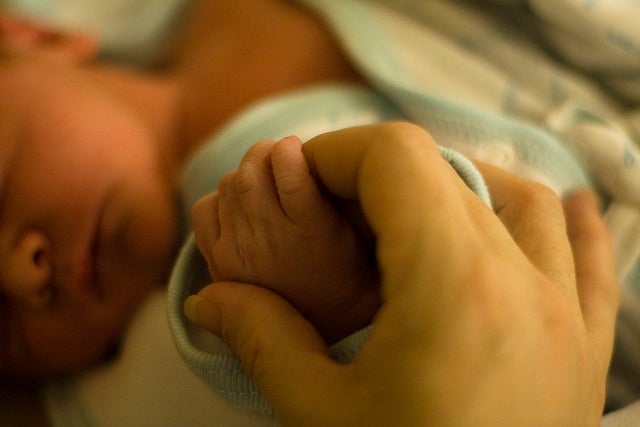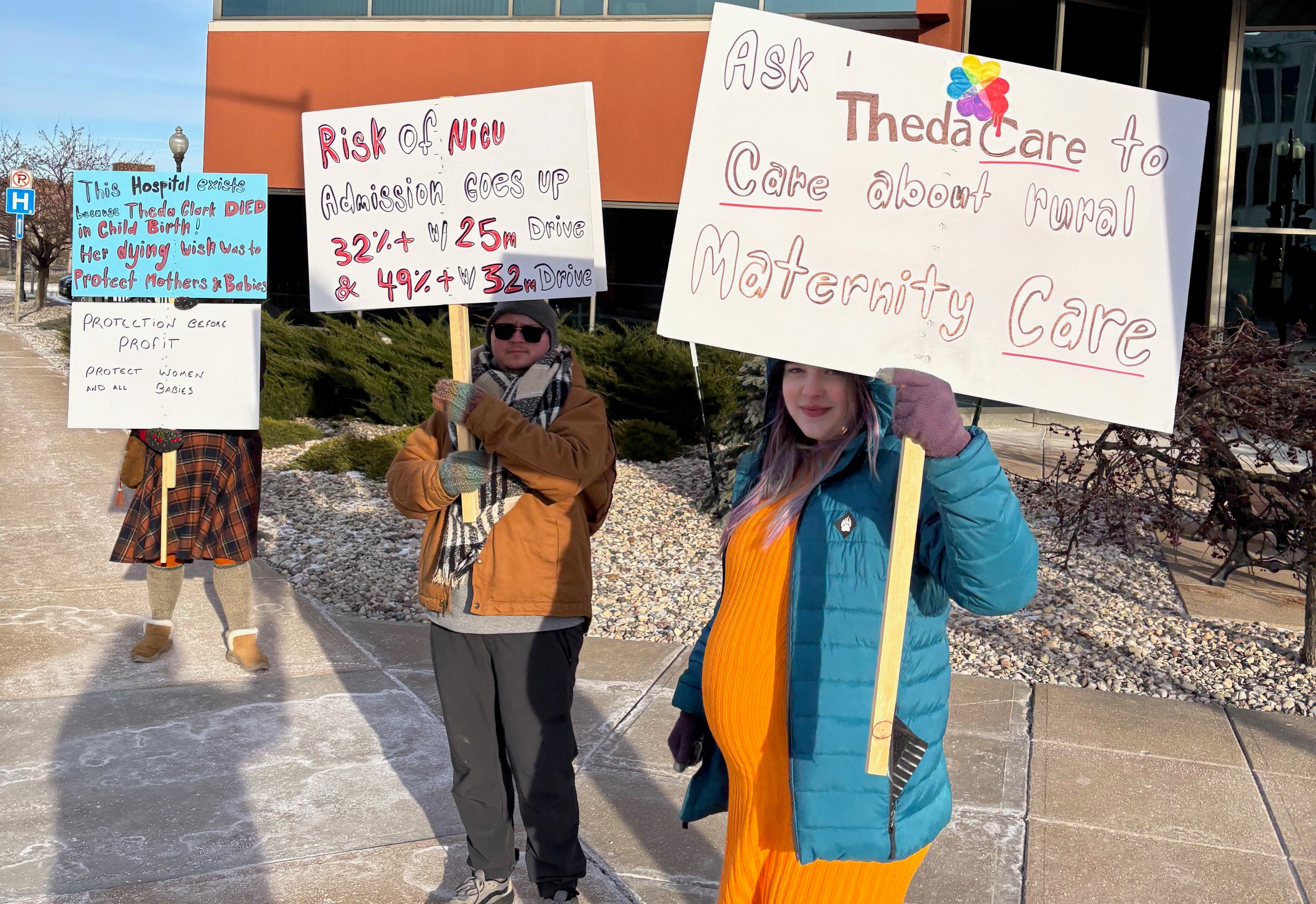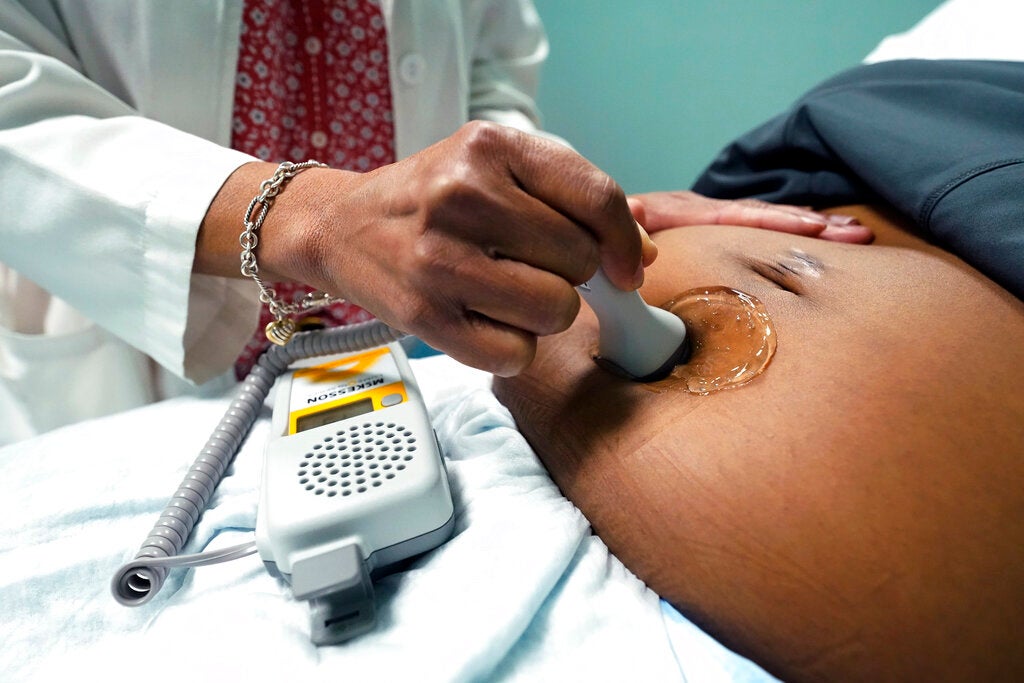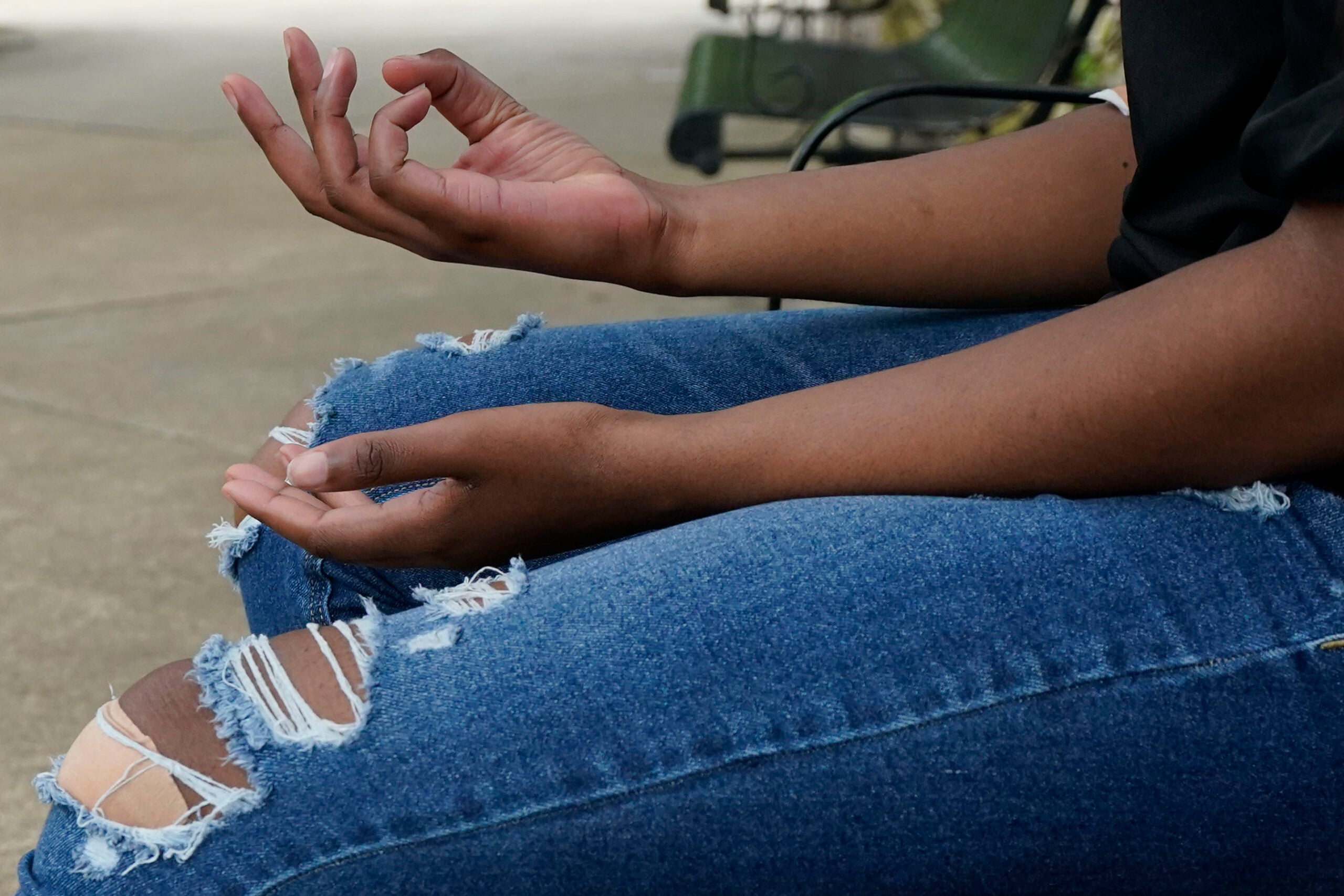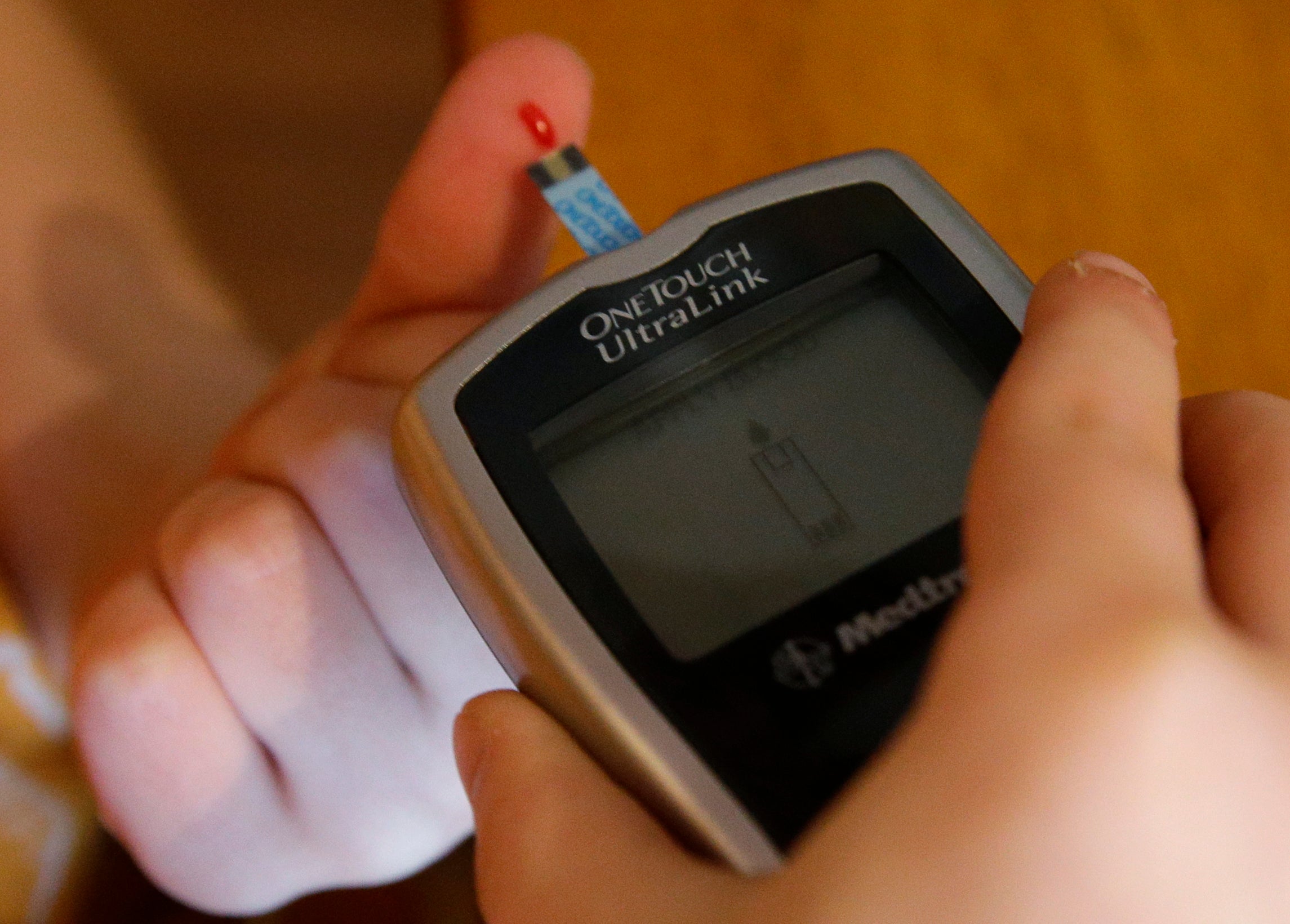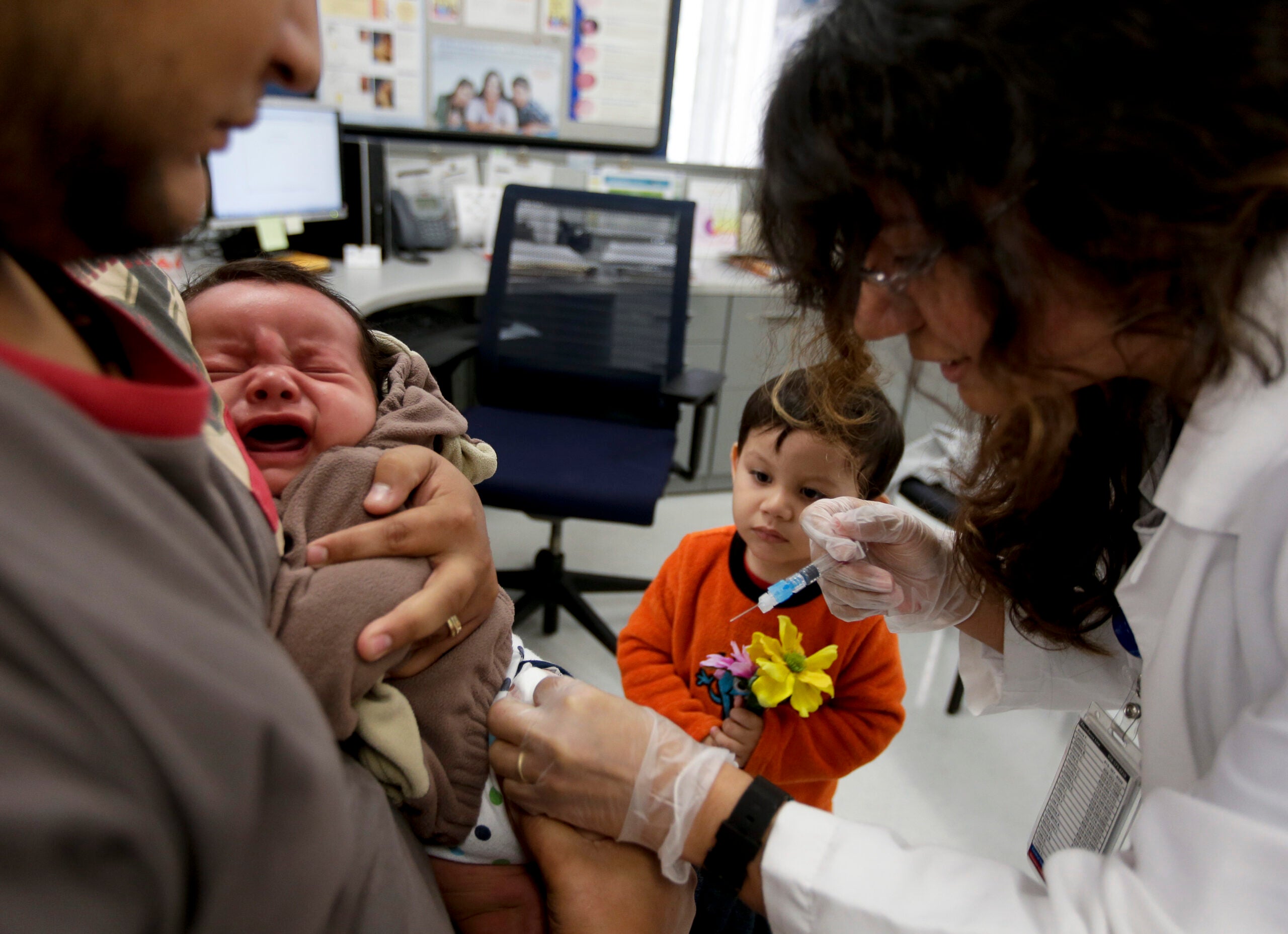The number of girls age 10-14 giving birth in the United States has reached a record low.
According to a report by the National Center for Health Statistics, there were more than 8,000 births to girls in that age group in 2000. That number declined to just over 2,000 births in 2016. The biggest drop was among 13-year-olds.
Wisconsin’s birth rate for that age group was on par with the nation at 0.2 births per 1,000, according to the report. Most young mothers live in southern states.
Stay informed on the latest news
Sign up for WPR’s email newsletter.
Wisconsin does not track pregnancies younger than 15 but state data shows a steady decline in girls age 15-19 having babies. And in the Milwaukee area, pregnancies among 15-17-year-olds have dropped 65 percent over the last eight years.
It’s a trend that Nicole Angresano, vice president of community impact for United Way Greater Milwaukee and Waukesha County, called “extraordinary.”
“When children or teens become parents too soon, it makes their academic ascension more challenging. It makes their earning potential suffer long term,” said Angresano, but added, “That’s not to say there aren’t examples of young people who defy the odds.”
The federal data shows births to girls 10-14 declined for all racial and ethnic groups. The youngest girls were less likely to become pregnant than older girls.
“Generally people are somewhat shocked to hear that anybody that young is having a baby in the United States. But it’s … occurring more with the older young women in that group,” said T.J. Mathews, a demographer with the National Center for Health Statistics and one of the report’s authors.
“Any number in that age group is too many,” said Angresano. She said that although the United Way’s teen pregnancy prevention efforts focus on 15-17-years-olds, the Milwaukee public school system offers human growth and development instruction beginning in kindergarten.
“And those are classes that help kids learn what their body parts are called, understand safety, understand who is and isn’t allowed to touch them, really foundational learning. And then the classes progress and become age-appropriate as the children get older,” said Angresano.
The federal report cites a number of possible reasons for the downward trend in youth pregnancies, including adolescents waiting longer to have the first sexual experience, less sexually active teens and the use of contraception.
The age of puberty has been dropping and girls can get pregnant earlier, according to health experts.
“The average age of a girl getting her menstrual cycle is 12 years old. But it can happen as young as 9,” said Dr. Jasmine Zapata, a pediatrician and preventive medicine resident at the University of Wisconsin-Madison School of Medicine and Public Health. Zapata said it can be both physically and emotionally hard for pregnant girls and its important to go beyond just teaching abstinence, as some politicians, including President Donald Trump, have advocated.
“Right now there are risks with our government that pose a threat to allowing kids to get comprehensive sex education,” Zapata said. “The things we do right now are going to have a ripple effect in the future.”
The states with the lowest birth rates among 10-14-yea4-olds were Connecticut, Idaho, Iowa, Minnesota, Massachusetts, New Jersey, Oregon and Utah.
Wisconsin Public Radio, © Copyright 2025, Board of Regents of the University of Wisconsin System and Wisconsin Educational Communications Board.
